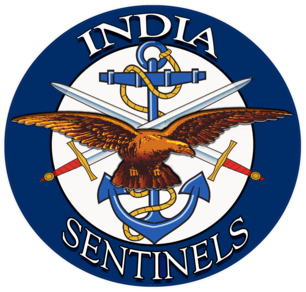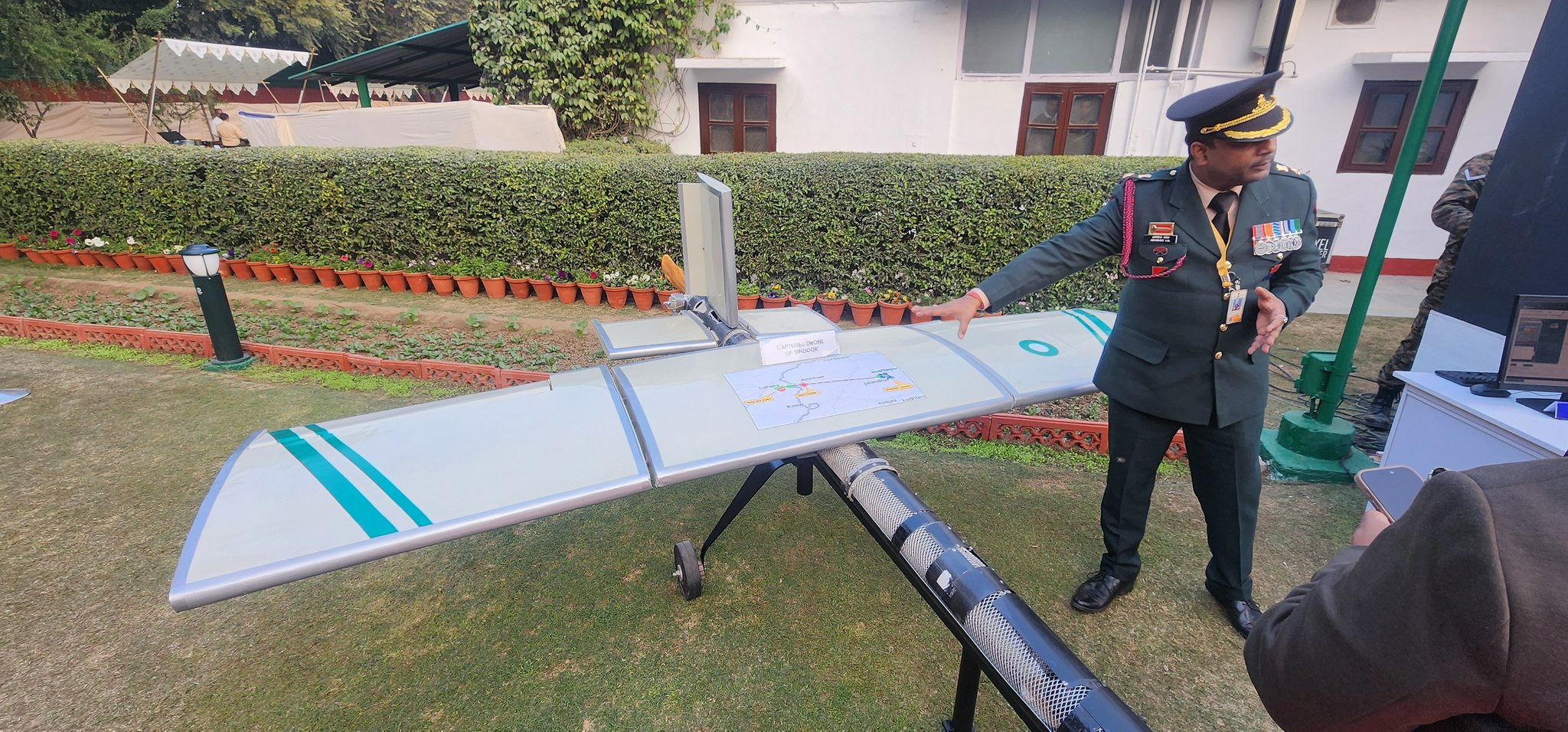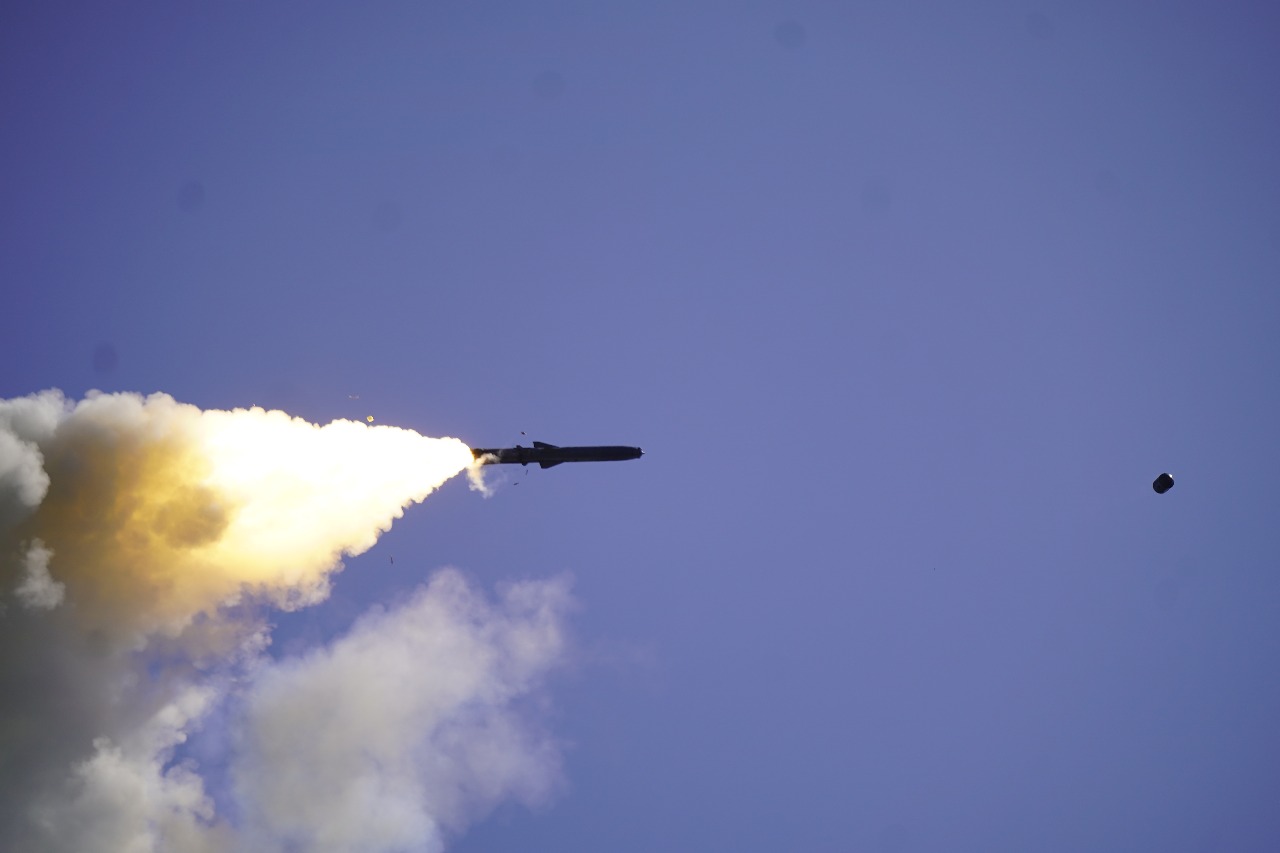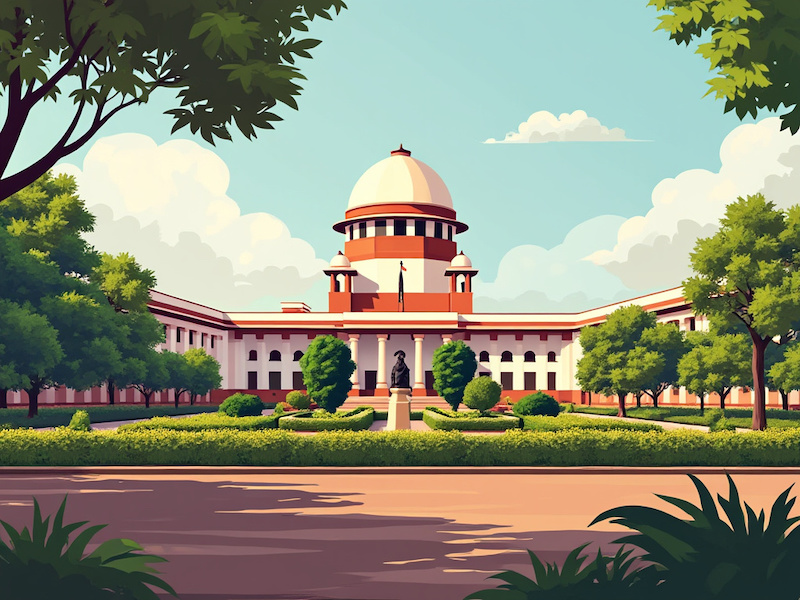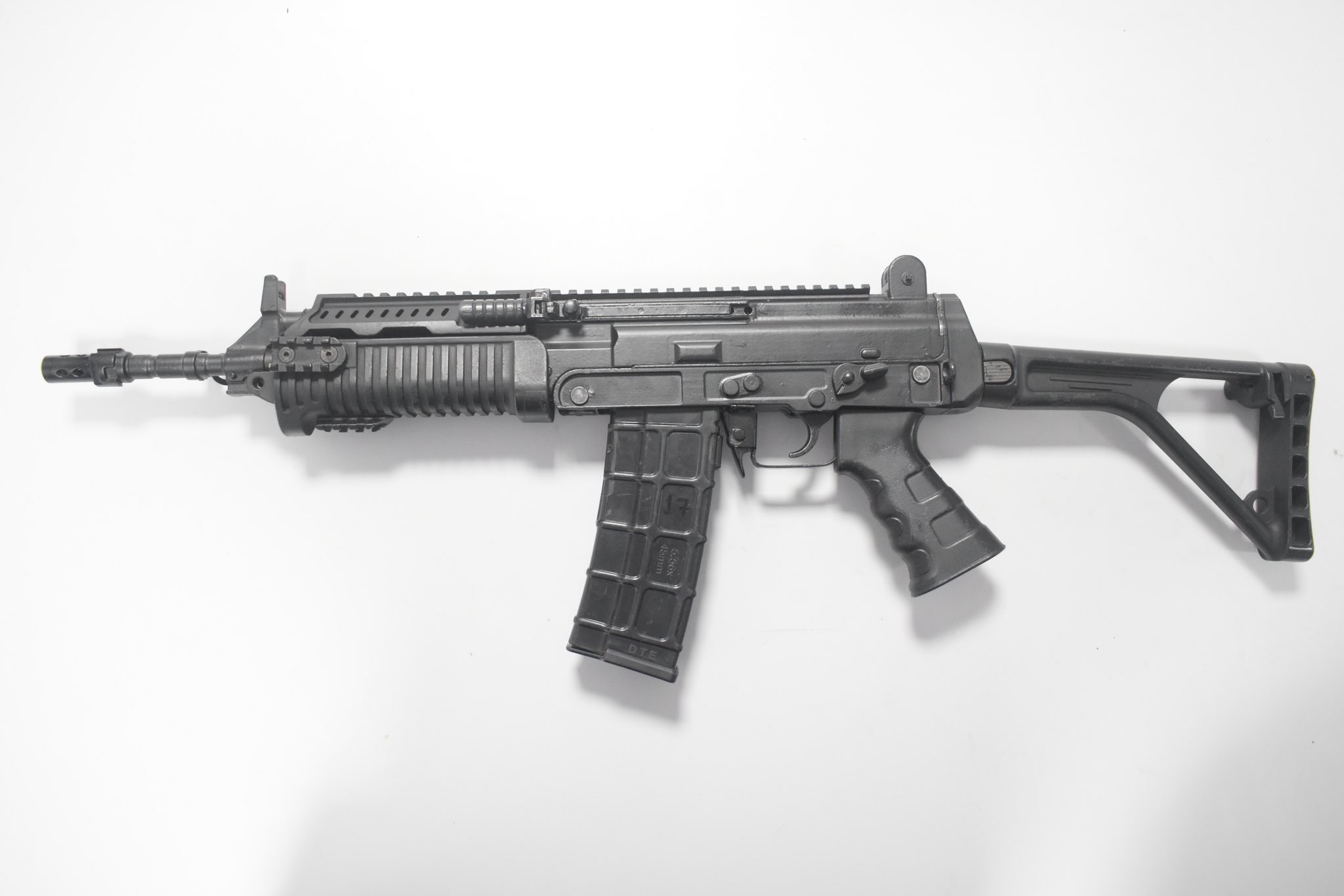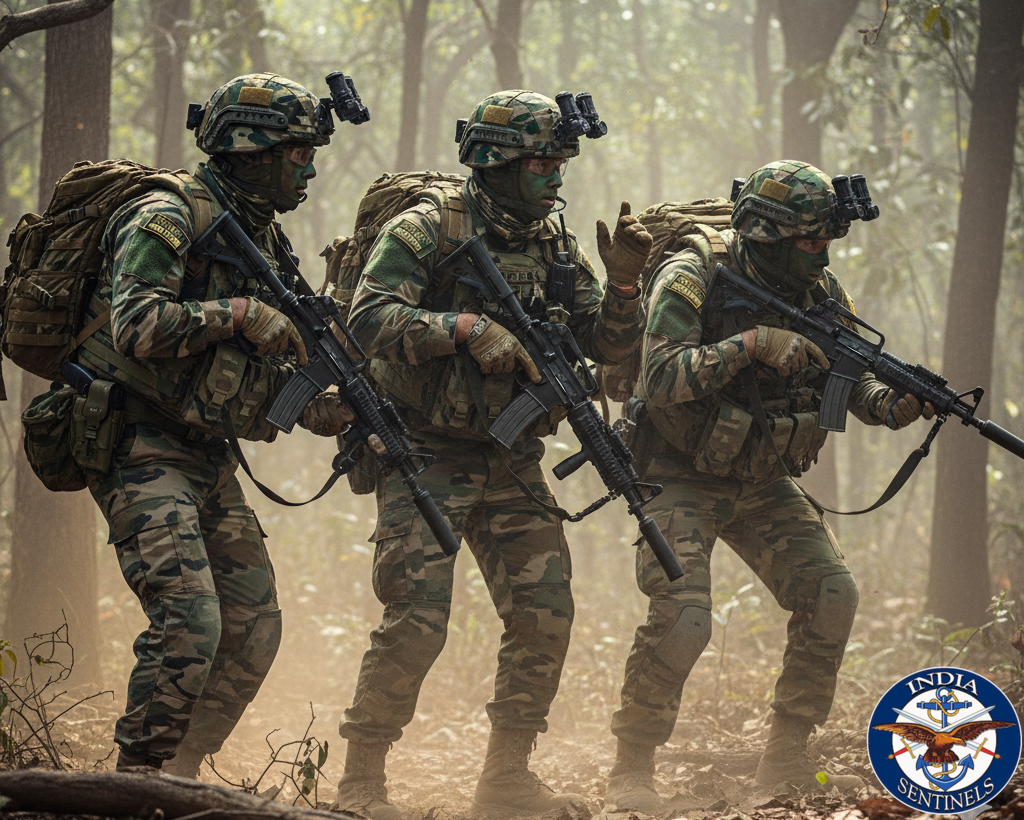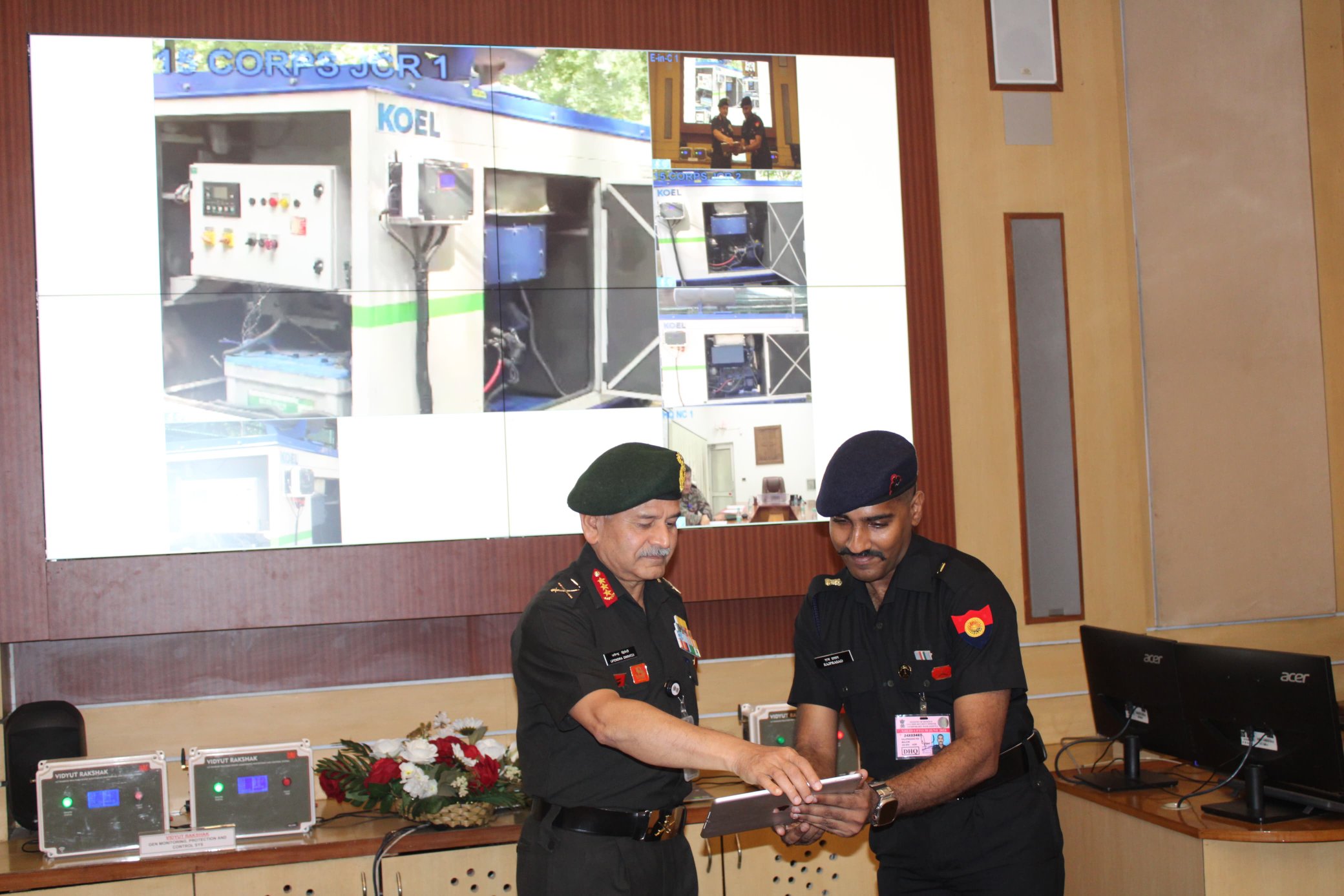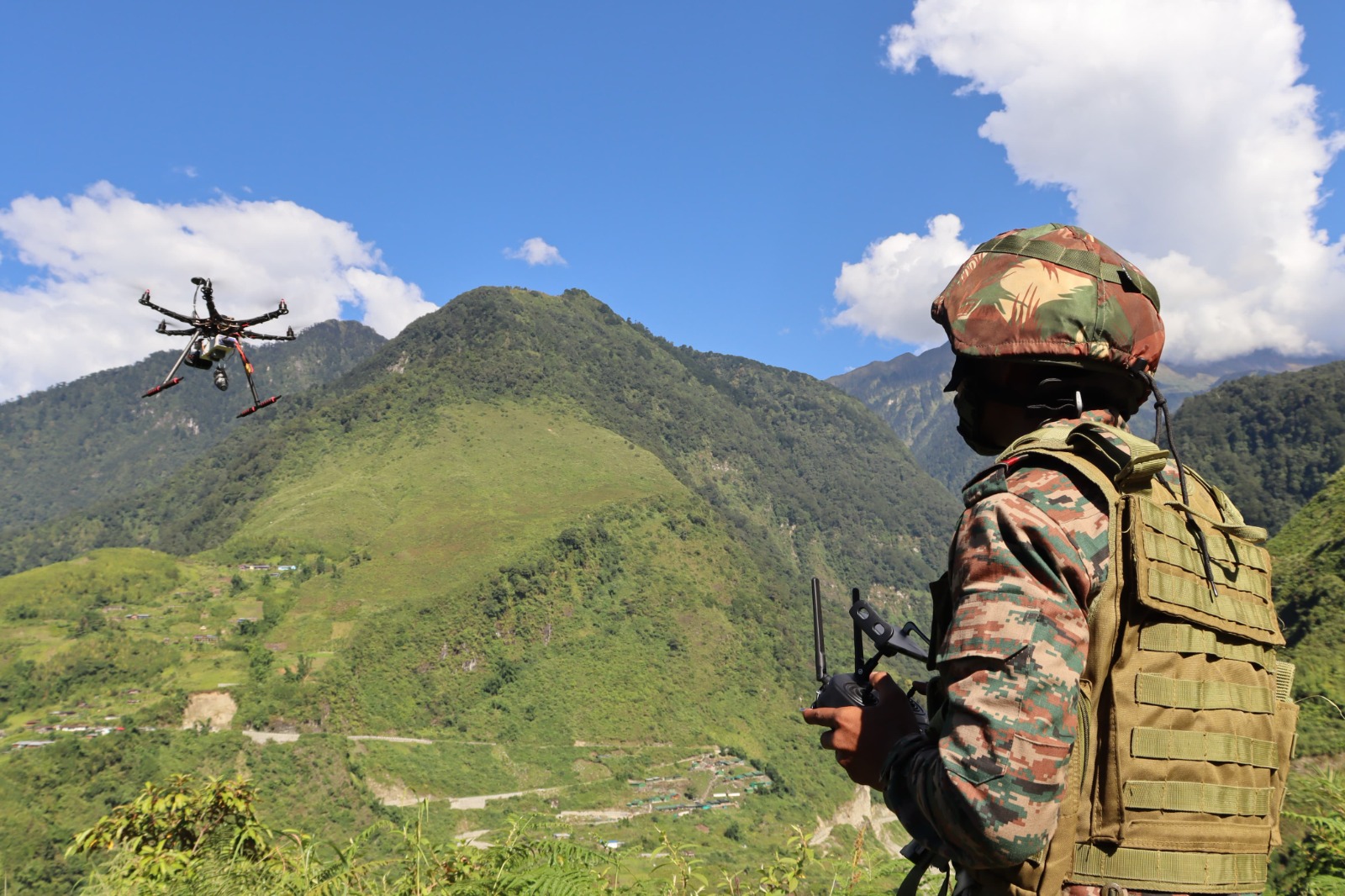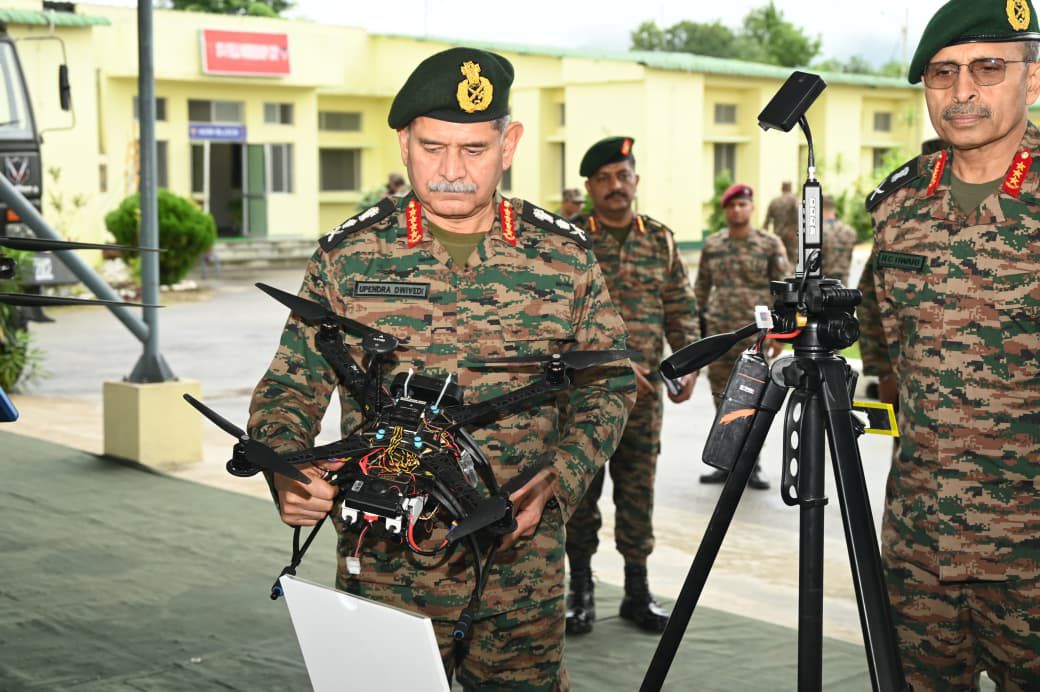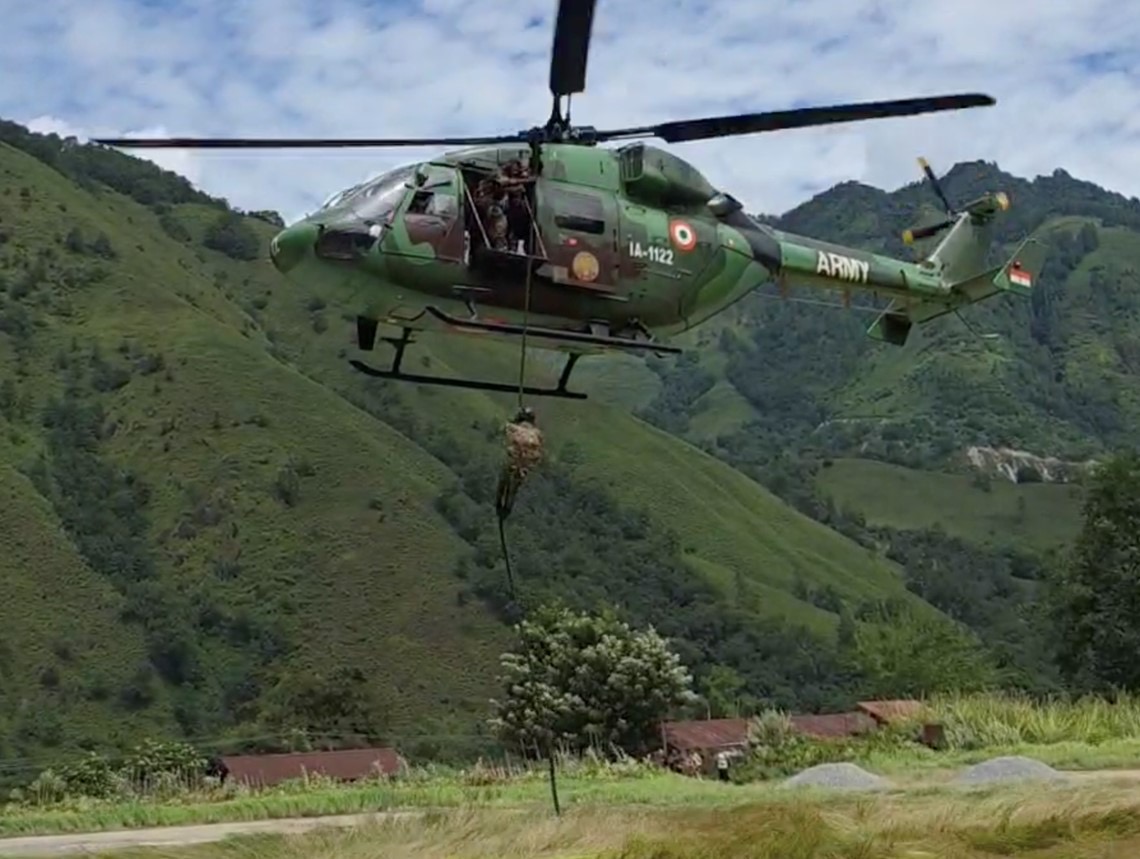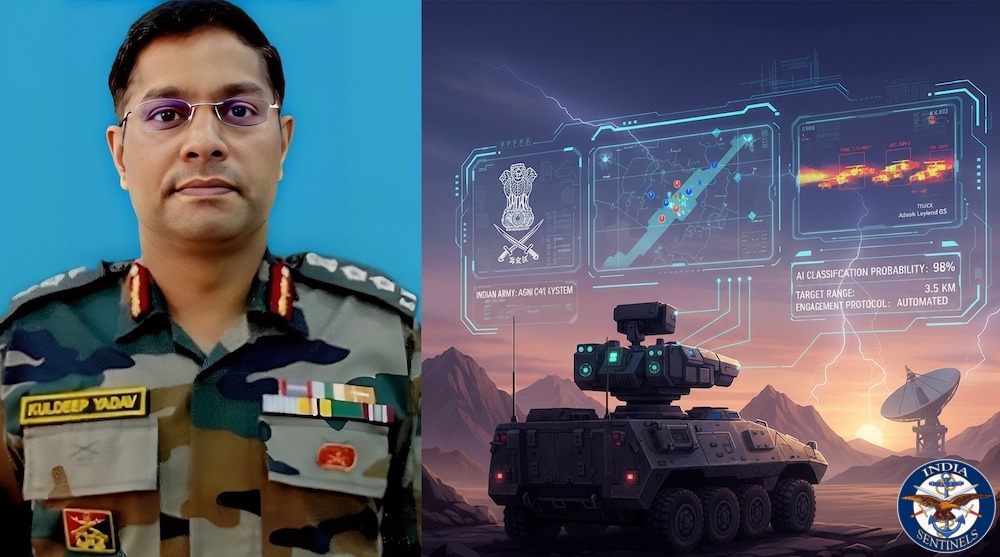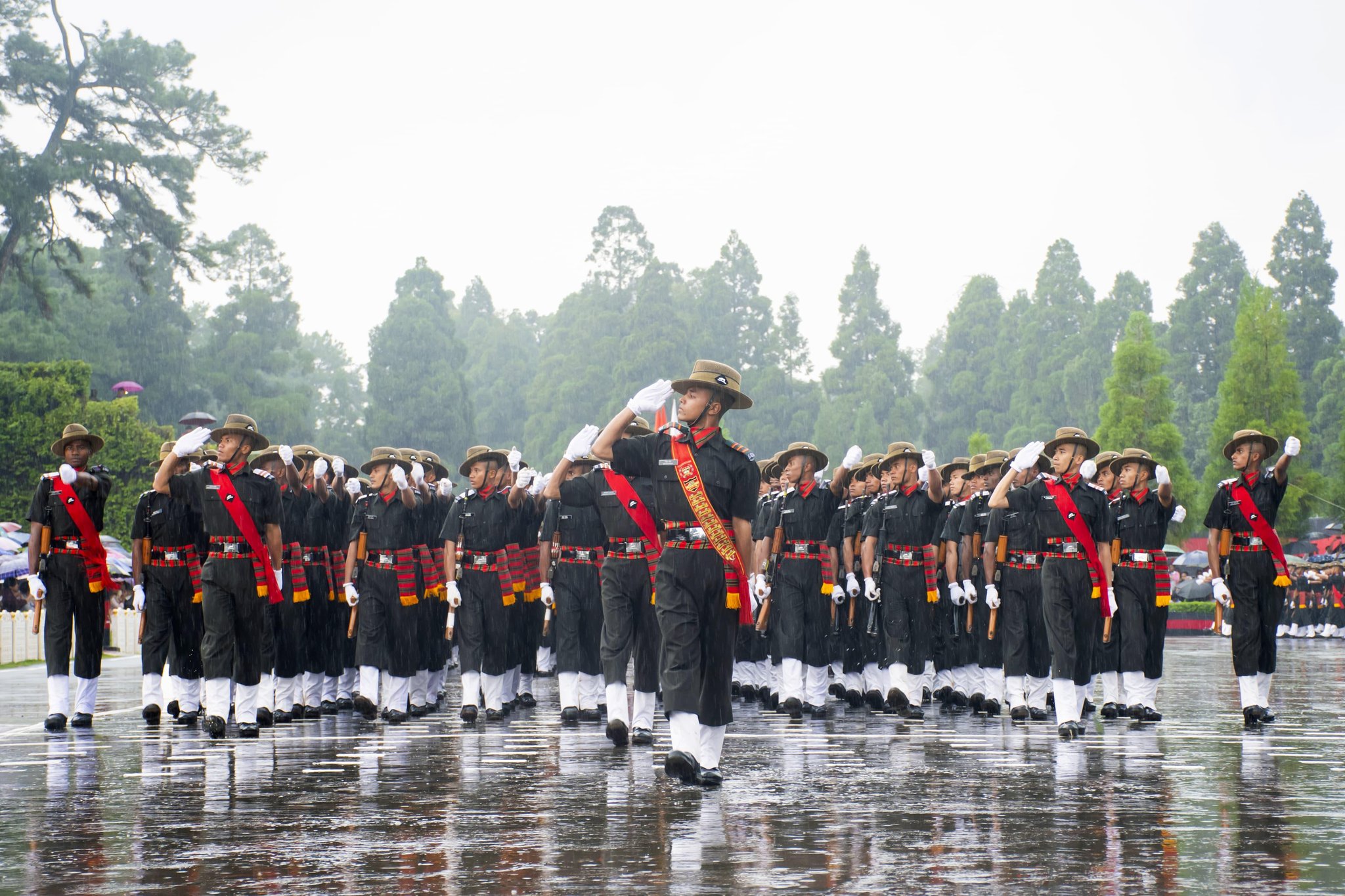 Agniveers Passing Out Parade at Assam Regimental Centre in Shillong (Photo: Spear Corps)
Agniveers Passing Out Parade at Assam Regimental Centre in Shillong (Photo: Spear Corps)
New Delhi: The Indian Army has commenced the third assessment phase for the inaugural batch of Agniveers, who were inducted in January 2023, as part of a comprehensive evaluation process to select personnel for permanent service under the Agnipath scheme.
The assessment framework, designed to ensure objective and transparent selection, evaluates candidates through four distinct phases over their four-year tenure. After four years, 25 per cent of Agniveers will be retained based on merit, transparency, and organizational needs, according to the scheme’s provisions.
Defence sources revealed that the multi-phase evaluation system prioritizes objectivity, transparency, and fairness as its core principles. The assessments are strategically distributed across the service period: the first within 31 weeks at regimental centres, the second at 18 months within respective units, the current third phase at 30 months, and the final evaluation at 42 months – just six months before completion of their tenure.
Evaluation framework and methodology
To maintain impartiality, the assessment process involves different levels of military hierarchy. While the first evaluation occurs at regimental centres where recruits undergo training, two assessments are conducted at unit level, with the final phase overseen by higher formations. Crucially, the serving unit of an Agniveer is not directly involved in their evaluation to prevent bias.
The testing methodology provides multiple opportunities for success. At regimental centres, candidates face drill, physical fitness, and firing assessments, with three attempts permitted for each test. Only the best performance among the three attempts is recorded in the assessment software. Subsequent phases allow two attempts, with the superior score being registered.
Sources indicated that Agniveers can access their performance data through individual login credentials, enhancing transparency in the process.
Geographical adaptations
Recognizing the diverse operational environments across India’s borders, the assessment process accommodates personnel serving in challenging terrain, including high-altitude areas above 12,000 feet such as Siachen and Ladakh. For such postings, candidates can be attached to nearby corps battle schools or rear units to ensure fair evaluation opportunities.
The Army’s adjutant general branch in New Delhi, responsible for manpower and administrative support, has been designated as the competent authority for any necessary waivers, maintaining the process’s sanctity and fairness.
Merit-based incentives
The evaluation system incorporates gallantry awards as significant factors in career progression. Personnel receiving the Sena Medal or higher decorations, including the Ashoka Chakra, Kirti Chakra, and Shaurya Chakra – awarded for acts of bravery and self-sacrifice – are assured permanent retention.
Additional merit recognition includes 25 extra marks for those receiving “Mention in Dispatches”, with similar bonuses for commendation cards from senior commanders including the Army chief, Army commanders, and corps commanders.
Sportsmen recruited under the scheme receive preferential treatment, with participation in international competitions guaranteeing permanent recruitment – a provision reflecting the military’s emphasis on physical excellence and national representation.
Timeline and implementation
Twenty-five per cent of Agniveers will be retained by the Army at the end of a four-year tour of duty (ToD) to serve out their full tenure of 17 more years, while the remaining will be relieved. The first Agniveer batch is scheduled to complete their service in January 2027.
The Agnipath scheme, announced by the government on June 14, 2022, represents a fundamental shift in military recruitment strategy, introducing short-term service with selective retention based on performance and organizational requirements.
The current assessment process affects thousands of young personnel who joined the military under this transformative scheme, which aims to maintain a younger and more agile force profile while providing structured career progression for exceptional performers.
As the Indian Army continues implementing this evaluation framework, the results will significantly influence the scheme’s future iterations and the career trajectories of India’s newest generation of soldiers.
